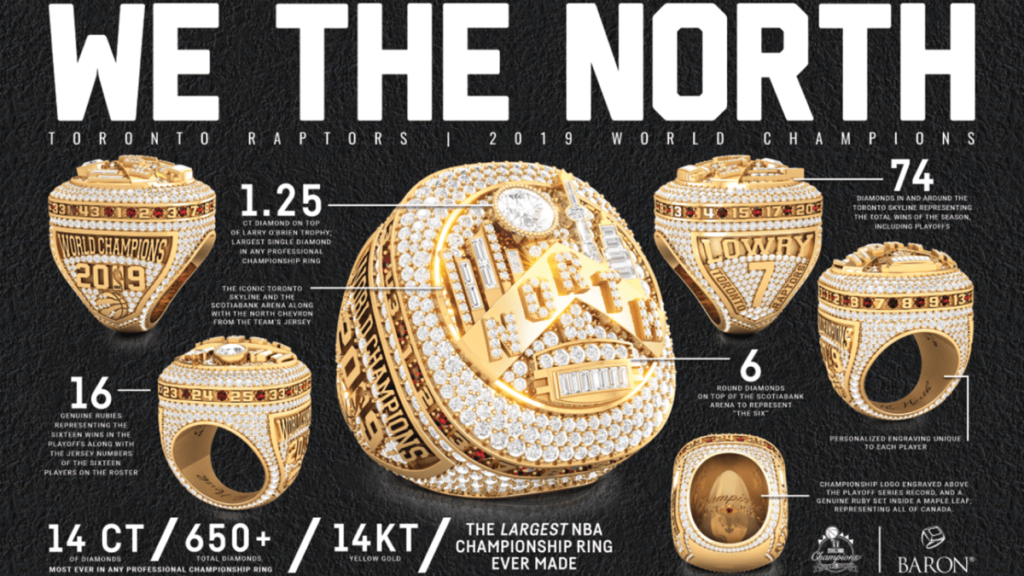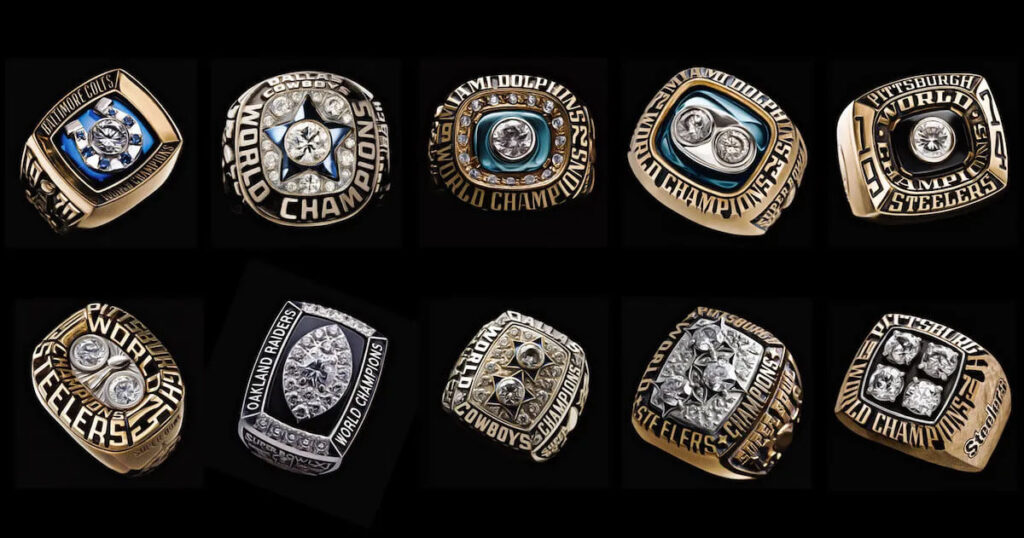No products in the cart.
Blog post
History of the Championship Ring
Championship rings are highly coveted pieces of jewelry awarded to athletes and teams who have won a championship in their respective sports. These rings symbolize the hard work, dedication, and success of the players and serve as a tangible reminder of the achievements they have accomplished.

The tradition of championship rings dates back to the late 1800s when the first ring was awarded to the players on the Pittsburgh Pirates after they won the National League pennant. Since then, the practice of awarding championship rings has become a widespread tradition across many sports, including football, basketball, baseball, and hockey.
The design of championship rings varies depending on the sport and the team, but most rings include several key elements. The team’s logo is typically prominently displayed on the ring, along with the year of the championship and the score of the championship game. Some rings also feature the player’s name and jersey number.
Championship rings are typically made from precious metals such as gold or platinum, and often feature diamonds or other precious stones. The size and weight of the ring can vary, but they are typically large and heavy, making them a statement piece of jewelry.

In addition to being a symbol of athletic success, championship rings have become sought-after collectible items. Many fans and collectors view them as a way to connect with their favorite teams and players and to celebrate their achievements.
In conclusion, championship rings are a cherished tradition in the world of sports, representing the hard work and dedication of athletes and teams. These rings are a symbol of success and serve as a tangible reminder of the achievements of the players and teams who have earned them. Whether displayed as a collectible item or worn with pride, championship rings are a cherished symbol of athletic excellence.

